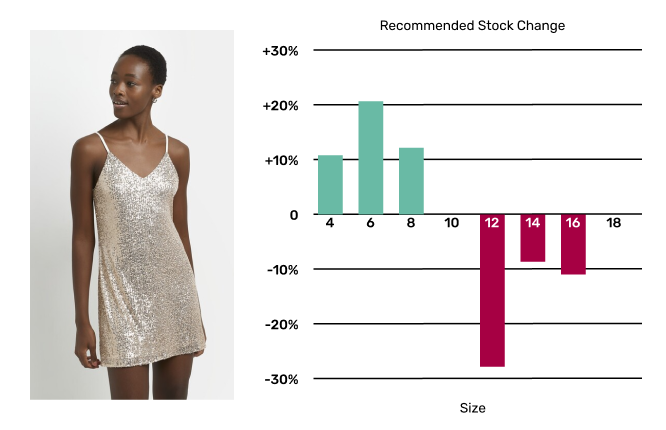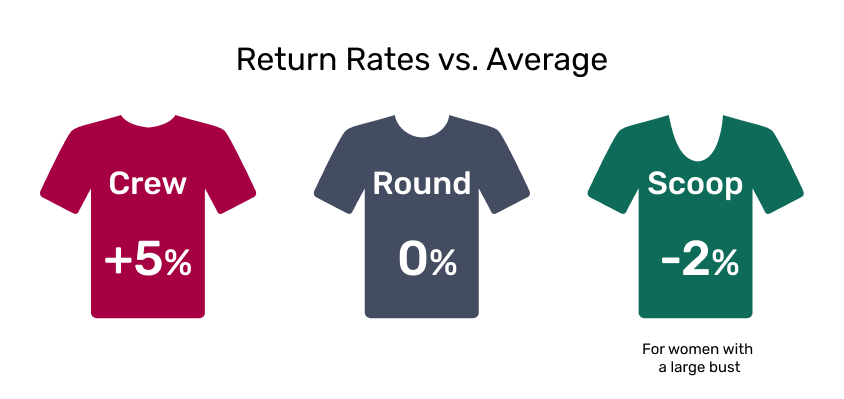In the rapidly evolving landscape of fashion retail, the intersection of data and artificial intelligence is creating unprecedented opportunities. As we navigate 2024, let’s explore how cutting-edge AI technologies are transforming the way fashion retailers operate, while acknowledging the critical challenges posed by unstructured data in this domain.
The Data Dilemma in Fashion
While the importance of product attributes isn’t new, the fashion industry faces unique challenges when it comes to data quality and structure. Unlike other retail sectors, fashion data is often unstructured, inconsistent, and rapidly changing, which can significantly impact the effectiveness of AI applications.
Key Challenges:
- Lack of Standardisation: Fashion terminology and attributes vary widely across brands, regions, and even seasons, making it difficult to create consistent, structured datasets.
- Rapid Product Turnover: The fast-paced nature of fashion means product catalogues are constantly changing, making it challenging to maintain up-to-date, accurate data.
- Subjective Attributes: Many fashion attributes, such as style, mood, or cultural significance, are subjective and difficult to quantify consistently.
- Visual Complexity: Fashion items often have intricate visual details or images that are shot in certain ways, making them hard to capture in structured data formats.
These challenges underscore the importance of fashion AI’s “garbage in, garbage out” principle. Even the most sophisticated AI models can produce unreliable or misleading outputs without high-quality, structured data inputs.
Overcoming Data Hurdles: Strategies for Success
To harness the full potential of AI in fashion retail, companies must first address these challenges:
- 1. Invest in Data Cleaning and Structuring: Allocate resources to clean, standardise, and structure existing data. This may involve manual efforts combined with AI-assisted data processing.
- 2. Implement AI-Assisted Tagging: Use computer vision and natural language processing to automatically generate and validate product attributes, but ensure human oversight to maintain quality.
- 3. Continuous Data Validation: Establish processes for ongoing data quality checks and updates to maintain accuracy as products and trends evolve.
- 4. Hybrid Approach to Attribute Generation: Combine automated systems with human expertise to capture both objective and subjective attributes effectively.
AI-Powered Use Cases Reshaping Fashion Retail
When built on a foundation of high-quality, structured data, AI can drive significant improvements across various aspects of fashion retail:
- 1. Data-Driven Precision Advertising AI models leveraging high-quality, structured fashion data can significantly enhance the effectiveness of advertising campaigns through precise targeting, creative optimisation, and performance prediction. Key Benefits include:
- Predictive modelling for ad performance across different channels and formats, using better titles and most important keywords to ensure relevance on long-tail searches
- Real-time optimisation of ad spend based on continuously updated data insights
- Hyper-targeted audience segmentation based on detailed style preferences and purchase behaviour
- Dynamic ad content generation tailored to individual user preferences and current trends
Potential Impact: Retailers implementing AI-driven strategies see significant improvements in return on ad spend (ROAS) and new customer acquisition rates, up to 20%. Results depend on numerous factors including data quality, market conditions, and implementation strategies.
Challenges: The effectiveness of AI in advertising is heavily dependent on the quality and depth of available data. Inaccurate or incomplete product attributes, inconsistent customer data, or poorly structured historical performance data can lead to misguided targeting and ineffective campaigns.
- 2. Supply Chain Optimization and Demand Forecasting The accuracy of demand forecasting is directly tied to the quality and completeness of product and sales data. It is less about how a merchant will buy a product but more about how certain features make different customers feel when they wear those items. You can predict size and volumes with far greater accuracy when you have a view of the garment that breaks it down to its component features.
Here are 2 mini dresses with very different component features, which translates to 2 very different demand curves.
Potential Impact: Using AI for supply chain optimisation reduces fragmentation and therefore markdowns. Retailers typically see 8% improvements in gross margin.
Challenges: What is interesting about this, is that it is typically different feature attributes (to the previous 2 examples) that make the biggest difference. The key here is to have as detailed a view of each product as possible and to test a variety of models and inputs

- 3. Hyper-Personalised Shopping Experiences AI models that include detailed structured product data can create individual style profiles for each customer, as well as an understanding of what each customer is likely to buy and return but, again, these profiles are only as good as the underlying product data. Personalised experiences in fashion are also more nuanced, it is not just about delivering personalised outfits and personalised ranking of PLPs and similar items, but it is important to maintain the brand DNA and be able to use the data to personalise brand narratives.
Potential Impact: Retailers implementing advanced AI personalisation see up to 8% increases in incremental revenue as well as 10% reductions in return rates. Incorporating this personalisation into CRM activity will also increase CLTV by 15%
Challenges: Here the quality of the underlying data matters. Consumers’ tastes, body shapes, and sensibilities are unique. Inconsistencies around detailed attribution can make a big difference. We always use necklines as a really good example. Of the 24 different neckline features we have 3 are fairly similar, a crew neck (where you cannot see the collarbones), a round neck (where you can) and a scoop neck (which is a bit lower than the round neck). Women with a large bust, whether they are 16 or 60 will return the crew necklines 5% more than they will the round or scoop neckline. If the integrity of that data is not understood, that return rate reduction will never be realised.

Some other areas likely to be impacted include:
- Predictive Trend Forecasting AI algorithms can predict fashion trends with improved accuracy, but the quality of these predictions is directly tied to the quality of input data.
- Virtual Try-On and Augmented Reality The effectiveness of AR and VR experiences depends heavily on accurate, detailed product data.
- Sustainable Fashion and Circular Economy AI models analysing product attributes for sustainability require comprehensive and accurate data to provide meaningful insights.
The Crucial Role of High-Quality Structured Data
While AI is the engine driving these innovations, high-quality structured data remains the fuel. The accuracy and comprehensiveness of your product attributes and customer data directly impact the effectiveness of AI models across all use cases, from personalisation to advertising.
Best Practices for 2024:
- Prioritise Data Quality: Invest in data cleaning, structuring, and validation processes, especially for attributes that drive customer preferences and purchasing decisions.
- Develop a Living Taxonomy: Create a flexible attribute system that can evolve with changing trends and consumer preferences, ensuring your advertising efforts remain relevant and effective.
- Integrate Multiple Data Sources: Combine product data with customer feedback, social media trends, and market insights for a more comprehensive view that can inform both product development and marketing strategies.
- Implement Robust Data Governance: Establish clear protocols for data management and quality control across all channels, ensuring consistency in how fashion items are described and categorised across advertising platforms.
- Continuous Learning and Optimisation: Implement systems to continuously capture and analyse the performance of advertising efforts, feeding this data back into AI models to improve future campaigns.
The Future is Now, But Proceed with Caution
As we look ahead, the retailers who will thrive are those who recognise that AI and structured data are not just tools for optimisation, but the foundation of a new retail paradigm. However, success in this new paradigm requires a clear-eyed view of the data challenges inherent in the fashion industry.
Industry leaders addressing these challenges are seeing promising results:
- 8% increase in incremental revenue
- 25% reduction in unsold inventory
- 15% improvement in customer retention rates
- 10% increase in overall profitability
- 20% improvement in advertising efficiency
In the AI-driven future of fashion retail, your data quality isn’t just an asset – it’s your competitive edge. Retailers who invest in creating rich, accurate, and comprehensive product attributes, and leverage cutting-edge AI to extract insights from this data, while being mindful of its limitations, will be the ones setting the trends rather than following them.
In the world of fashion AI, the quality of your data inputs will determine the value of your insights and outcomes, from the shop floor to the digital ad space.

